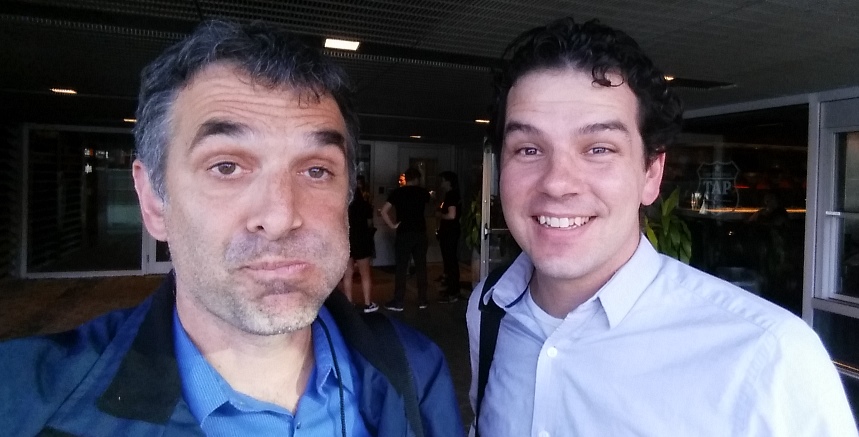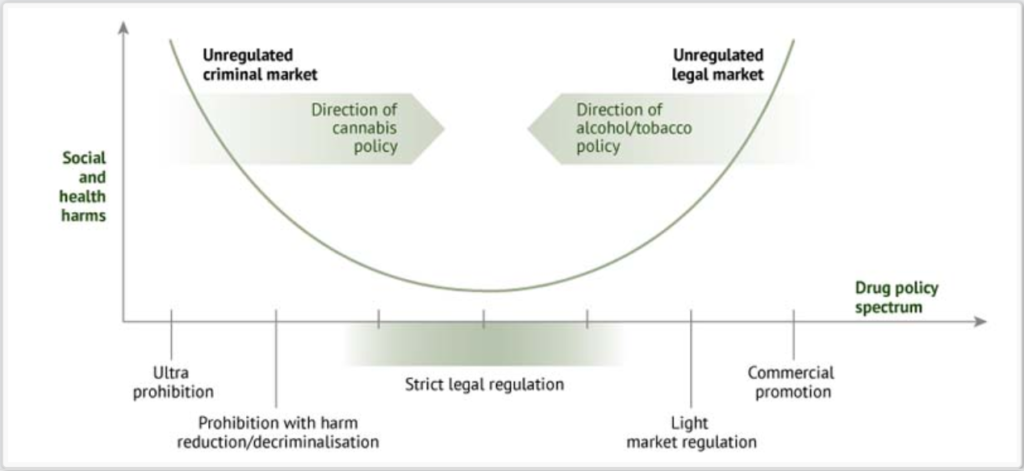Concomitant to being on City Council, I am involved with more than a few other projects. Two of these are membership in the BC Municipal Climate Leadership Council, and Board Member of the Community Energy Association. These two organizations collaborated last week to put on the first Climate Leadership Institute conference in Richmond. If you are a New Westminster resident, you paid for me to attend, so here is my report on what you got for your 1/3 of a penny each.
(I feel I need to mention here that it was a pretty intensive program, and I have dozens of pages of notes, so I need to do quite a bit of distilling. Everything below if my filtered impression of the program, and may not reflect another person’s experience, and every quote is a paraphrase from memory or scribbled notes!)
This was an interesting 2.5-day event that brought together local government elected officials from across BC, municipal staff working in energy and emissions policy, and subject matter experts across the broad spectrum of energy efficiency and climate change policy. The format was a repeated pattern of a keynote presentation, a panel discussion, then an intensive break-out conversation where the participants could share their local successes and challenges related to the topics covered by the panels. This schedule drove collaborative thinking, shared learning, and more than a little inspiration.
The first session was on communications – how do we lead productive conversations on this politically difficult topic? Aside from some pretty useful self-reflection on how we are communicating personally and on the social media (Do we spout facts, or talk about our beliefs? Are we open to being wrong? Are you silent for fear of being judged?) we heard from some organizations who are learning how to effectively lead conversations: the Pembina Institute, the BC Sustainable Energy Association, Clean Energy Canada. We also discussed current communication challenges related to climate policy: How do you talk to a denier – or do you even bother? Does “Decongestion Charging” mean anything to anyone? With so much bad info on Social Media, how to react?
My takeaways from this were not profound, except in that I recognize I have shifted a bit on this blog and in public from speaking my passions to speaking facts and pragmatics. I think there is a space for the latter – I strive to be factual – but it is the first part that matters, and makes people want to listen to or read my ideas. I gotta get that passion back…
The second session was opened by former Premier and Mayor of Vancouver Mike Harcourt. He gave a pretty interesting “inside basebell” historic run-down of the politics of Greater Vancouver’s regional transportation and infrastructure planning, from Expo86 to today. He spoke of the politician’s paradox – the need to have a long term vision and also deliver in the short term to get re-elected so that vision can be realized. In the end, we all fail, but can move the baton forward, and good work can get done (or undone) by those with the ability to project a vision.
This led to a panel discussion on policy creation an implementation within complex (and often political) organizations. It was less about specific ideas (although some ideas I’ll talk about later arose here), and more about how to champion ideas through an organization as complex as a City. Do we make climate action part of a strategic plan? What happens when your strategic plan gets old (as happens quickly in this fast-moving tech-driven policy area)? What point to making new plans if you haven’t the budget or political capital to see it implemented? We also talked quite a bit about how we measure and report out the results of climate policy, in order to assure our staff are accountable to our council, and our Council is accountable to the public that elect them.
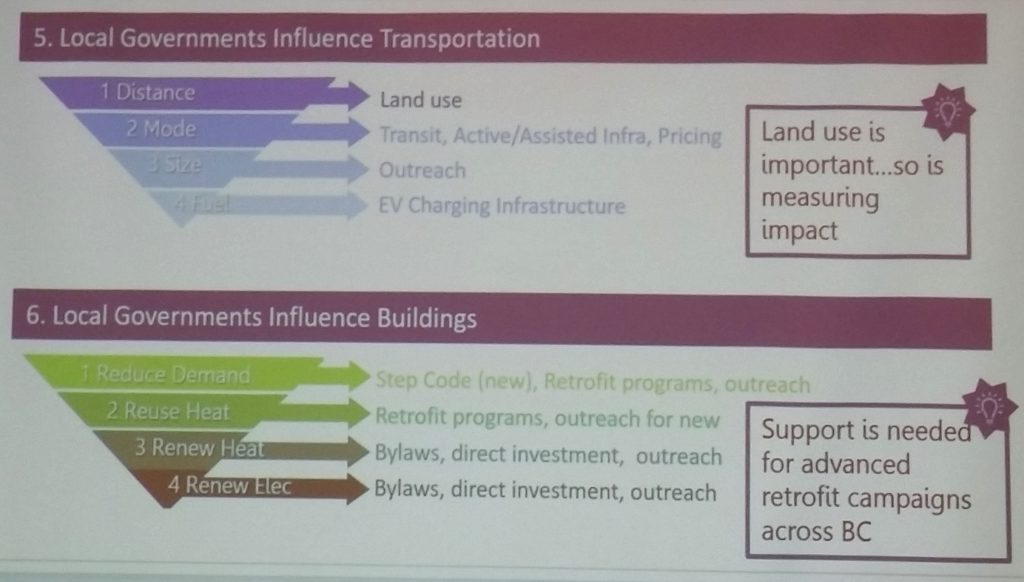
The third panel brought together energy managers from North Vancouver, East Kootenay, Richmond, Campbell River and our own New Westminster to talk about initiatives unique to each community that was making a difference in the their community in reducing energy use or emissions. We were presented a variety of policy tools, technology approaches, and strategies – including the successes and the challenges. I did note that New Westminster’s Urban Solar Garden got quite a bit of interest from other regions and communities.
We had a couple of powerful presentations on the future of global energy systems and on bringing the changes home to our communities in meaningful ways. I really need to write a separate blog post about this, because it takes us to interesting places. In short, the world’s energy economy is changing much faster than we ever thought possible. Canada’s National Energy Board, the agency that regulates the oil and gas industry and approves pipelines recently shifted their prediction of the year when Canada will hit peak oil. Last year, they said after 2040; this year they say 2019. Think about the meaning of that on every aspect of our economy. It’s happening, the only question is whether we will be ready. I’m looking at you, Jason Kenny.

On the last day, there were break-out sessions that explored in depth some of the topics not yet covered by the conference (in my case, we talked about food security, and the role that food systems play in our community energy and emissions goals). We also had presentations from the Provincial Government, the Federation of Canadian Municipalities, and the Real Estate Foundation of BC, all of who outlined grant opportunities local governments can use to develop studies, to implement new programs, or even for capital costs that will result in reduced energy use and emissions.
Finally, a theme I took away from the entire conference was one of timescales. On one hand, we need to think long-game in energy reduction and community emissions. We cannot replace our vehicle fleet in a year, or our building systems in a decade. On the other hand, things are moving fast. Electrical vehicle technology is growing at an exponential rate, as is building insulation and energy system technology. The prices for what was until recently “bleeding edge” technology are dropping fast, as China invests heavily in solar systems and vehicle tech is pushing storage systems forward. Where putting off infrastructure improvement was once fiscally prudent, the pay-back time for more efficient systems is shifting that equation.
As much as we need to think long-term, there has never a better time than now to take real action.




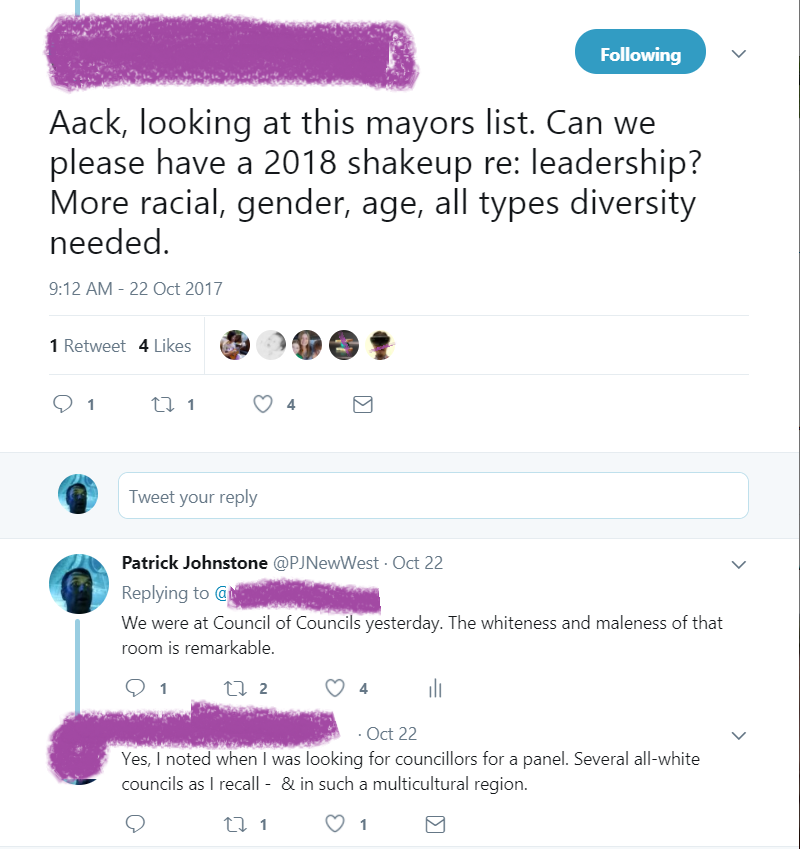
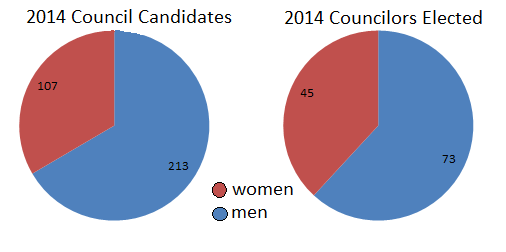 For Council, 33% of candidates were women, and 38% of those elected were women.
For Council, 33% of candidates were women, and 38% of those elected were women.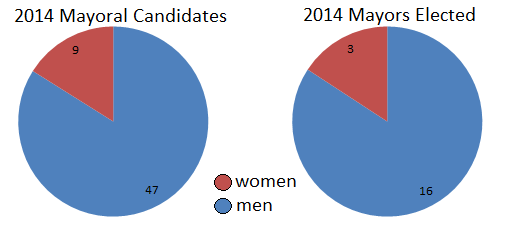 For Mayor, 16% of candidates were women, and 16% of the winners were women. Perhaps more tellingly, there was a woman on the mayoral ballot in only 7 of 19 communities (three were elected).
For Mayor, 16% of candidates were women, and 16% of the winners were women. Perhaps more tellingly, there was a woman on the mayoral ballot in only 7 of 19 communities (three were elected).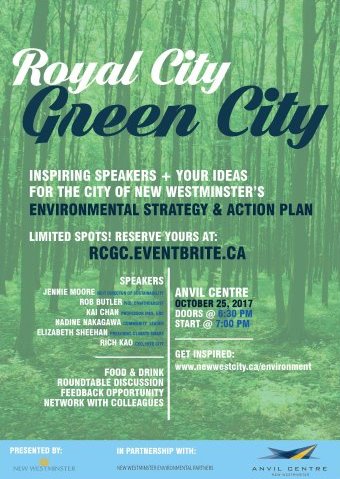
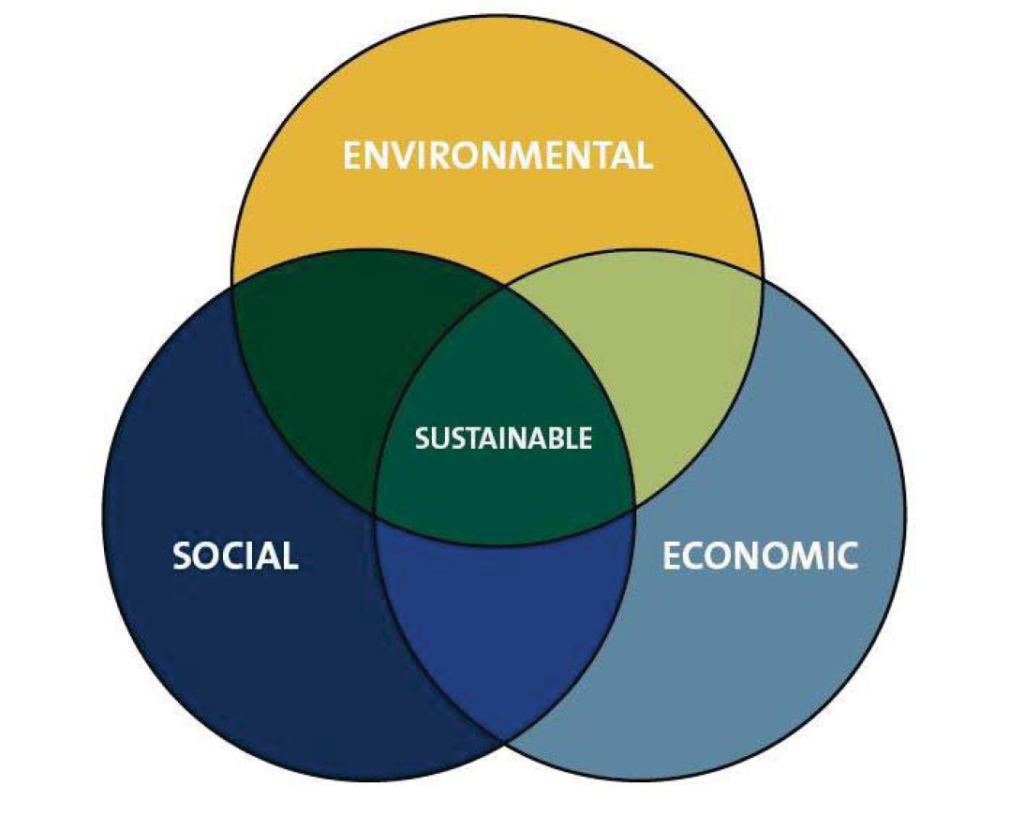
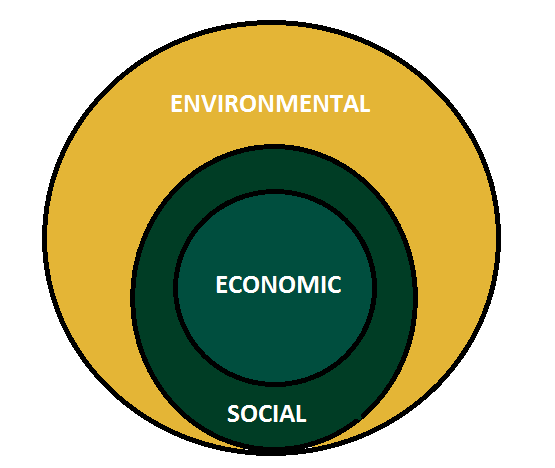 Actions, technologies, and organizations impact our economy, which in turn shape our society, which in turn impact the greater natural environment. When we shape policies, when we evaluate the worth of technology or price individual actions, we are using economic tools to adjust the shape of our society. If that re-shaping supports the protection of the natural environment in a way that doesn’t constrain future societies from access to natural resources, then we can call those actions “sustainable”.
Actions, technologies, and organizations impact our economy, which in turn shape our society, which in turn impact the greater natural environment. When we shape policies, when we evaluate the worth of technology or price individual actions, we are using economic tools to adjust the shape of our society. If that re-shaping supports the protection of the natural environment in a way that doesn’t constrain future societies from access to natural resources, then we can call those actions “sustainable”.
